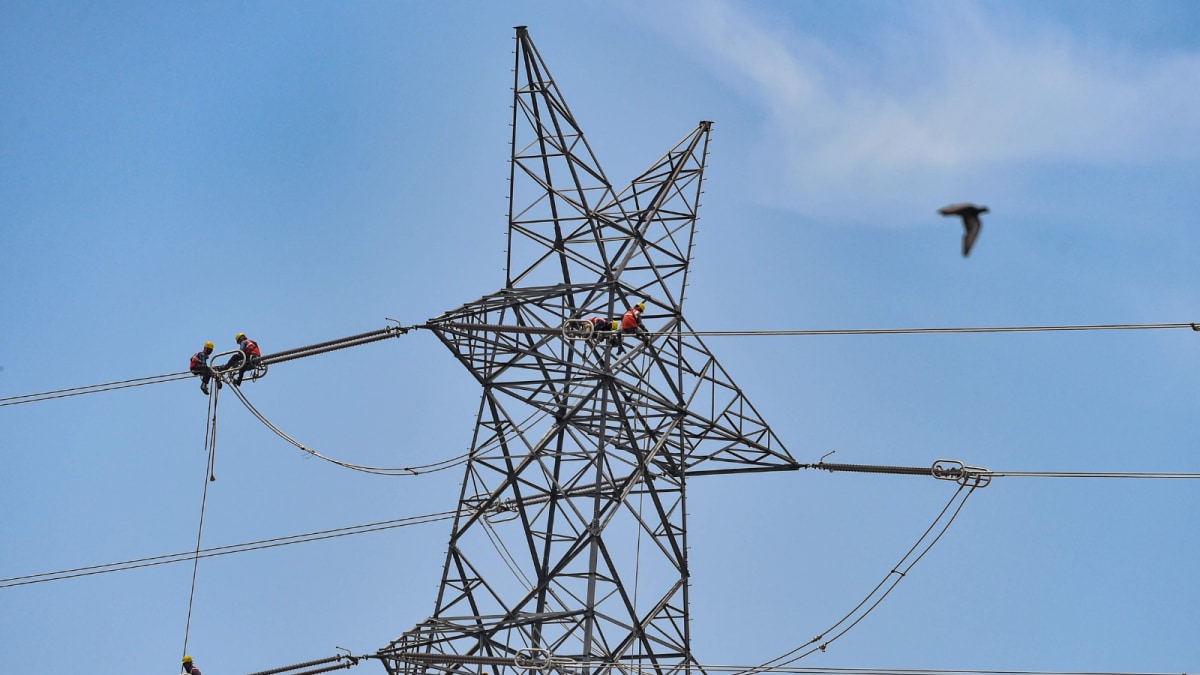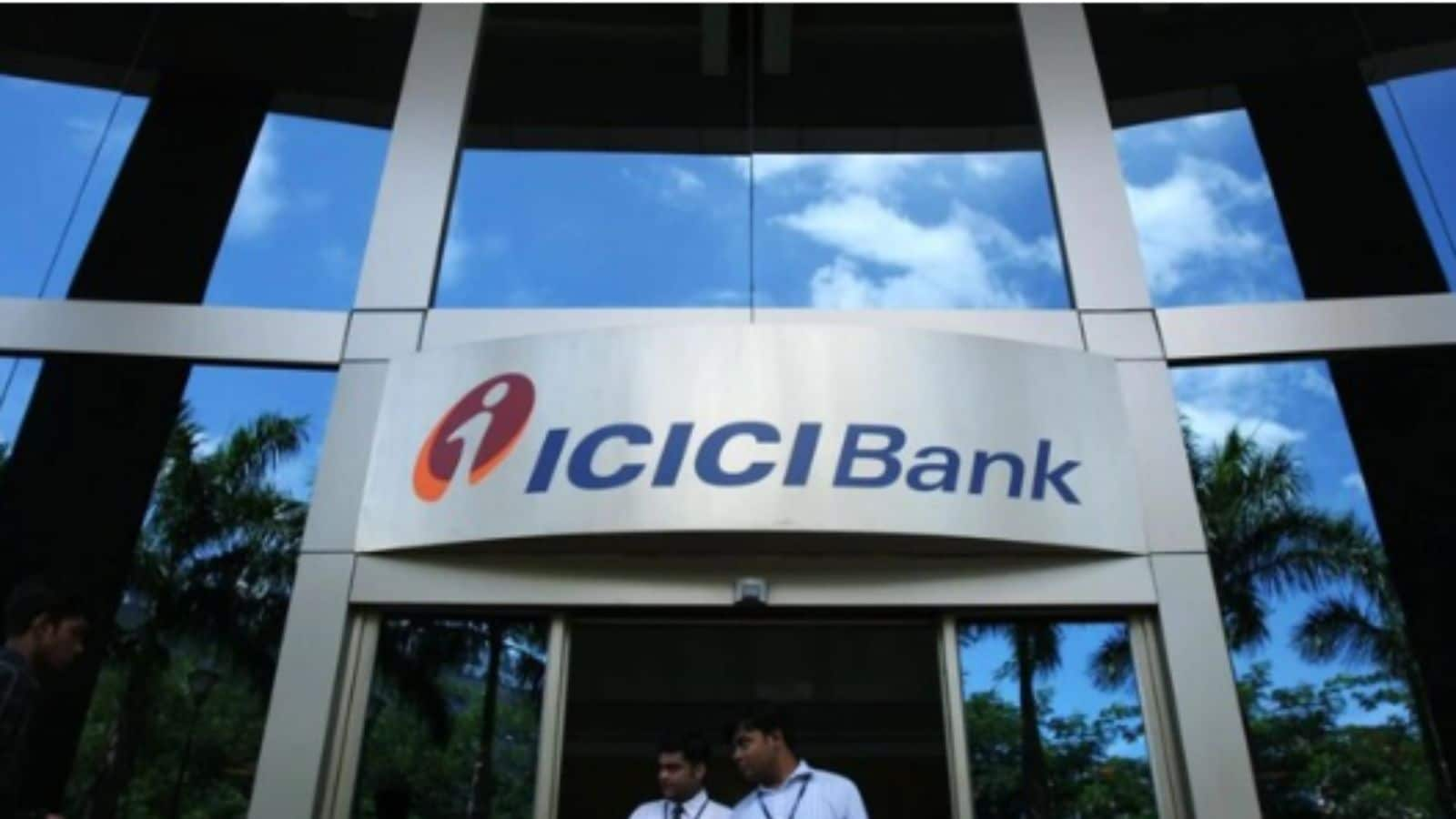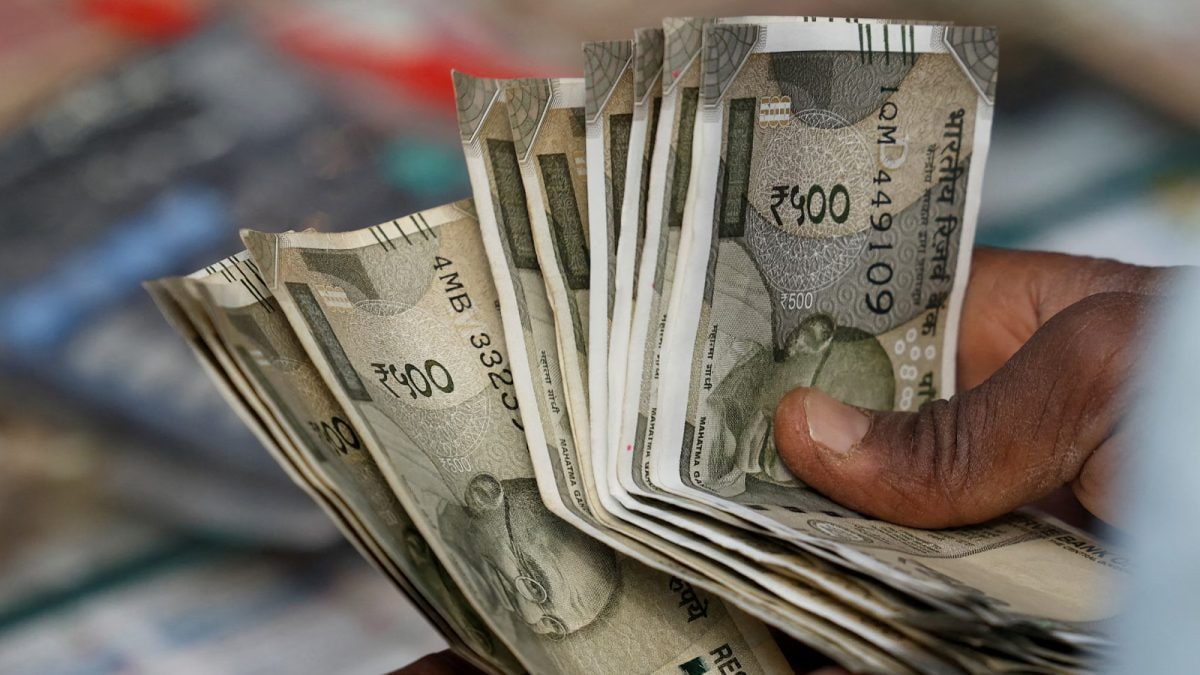Last Updated:
India’s electricity demand rose 2.4% in July to 154 billion units, driven by industrial activity, according to a CRISIL report.

Crisil Intelligence estimates a 2.5-3.5% on-year growth in power demand this fiscal to 1,745-1,755 BU, marking a moderation from 4.2% last fiscal.
India’s electricity demand surged 2.4 per cent in July to 154 billion units (BUs), compared with 150 BUs in the year-ago amid buoyant industrial activity, according to a CRISIL report.
The improvement in demand is in sharp contrast to May and June, which saw on-year degrowth of 4.8% and 2.3%, respectively, the report added.
The HSBC India Manufacturing Purchasing Managers’ Index (PMI), a gauge of industrial activity, printed at a 16-month high of 59.1 for the month, up from 58.4 in June.
Demand in the southern region rose 11.4 per cent on-year. This was in line with a rainfall deficit of 1% in the South Peninsular Region, as per the India Meteorological Department (IMD).
In contrast, the report added, power demand in the northern region, decreased 5 per cent vis-a-vis a 17% increase in July 2024.
Peak power demand was also more than 10% lower in July compared with the highest peak recorded in June, with similar deviation seen in fiscals 2023 and 2024, it said.
Decline in thermal fuels extended to the fourth consecutive month this fiscal. Coal-based power generation fell 2.2% on-year compared with a rise of ~8% on-year in fiscal 2024 While generation from thermal power declined on-year this July, that from major clean energy sources, i.e. hydro and renewable energy, increased. Higher rainfall resulted in a ~36% on-year rise in hydro power generation, while renewable energy rose 7.2% on-year. Consequently, coal accounted for 63% of the total power output vs 66% a year ago, which also highlighted the easy ability of the fuel to be ramped up or down in accordance with power demand.
Crisil Intelligence estimates a 2.5-3.5% on-year growth in power demand this fiscal to 1,745-1,755 BU, marking a moderation from 4.2% last fiscal. There are two major drags: First, a statistical high-base effect because power demand in India increased a cumulative 418 BU between fiscals 2021 and 2025. Second, the IMD estimates another good southwest monsoon season. The consequent lowering of ambient temperature is expected to curb demand for electricity

Varun Yadav is a Sub Editor at News18 Business Digital. He writes articles on markets, personal finance, technology, and more. He completed his post-graduation diploma in English Journalism from the Indian Inst…Read More
Varun Yadav is a Sub Editor at News18 Business Digital. He writes articles on markets, personal finance, technology, and more. He completed his post-graduation diploma in English Journalism from the Indian Inst… Read More
view comments
Read More







